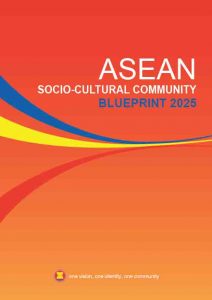
About ASEAN and the Environment
ASEAN is home to 20 percent of the world's known species and is the centre of the world's marine biodiversity. These rich natural resources, however, are confronted with immense environmental challenges and stresses. The increasing population, rapid urbanization, and progressive economic development have increased food, water, and energy demand and consumption. Consequently, the ASEAN region has witnessed rising average and extreme temperatures, amplified wet season rainfall, increased intensity and duration of rainfall, and a higher frequency of extreme events like storms, droughts, floods, and land and/or forest fires.
|
|
Since 1977, ASEAN has cooperated closely in promoting environmental cooperation among its member states and partners. In 2015, ASEAN leaders adopted ASCC Blueprint 2025, which envisions an ASEAN Community that engages and benefits the people and is inclusive, sustainable, resilient, and dynamic. The Blueprint guides ASEAN cooperation to include the conservation and sustainable management of biodiversity and natural resources, promotion of environmentally sustainable cities, climate change adaptation and mitigation, as well as promotion of sustainable consumption and production towards a circular economy. |
ASEAN Environment Vision 2025
The ASEAN region is endowed with rich natural resources that sustain essential life support systems for the region and the world. Apart from providing water, food, and energy, these natural resources are critical for maintaining various economic activities and livelihoods.
However, the region is confronted by immense environmental degradation due to increased population, rapid economic growth, and the existing and region-wide social inequities among the ASEAN countries, which has also led to increased consumption of resources and generation of waste, resulting in unsustainable development. Therefore, despite abundant natural resources, ASEAN, like elsewhere, faces an enormous challenge in balancing environmental sustainability and economic development.






